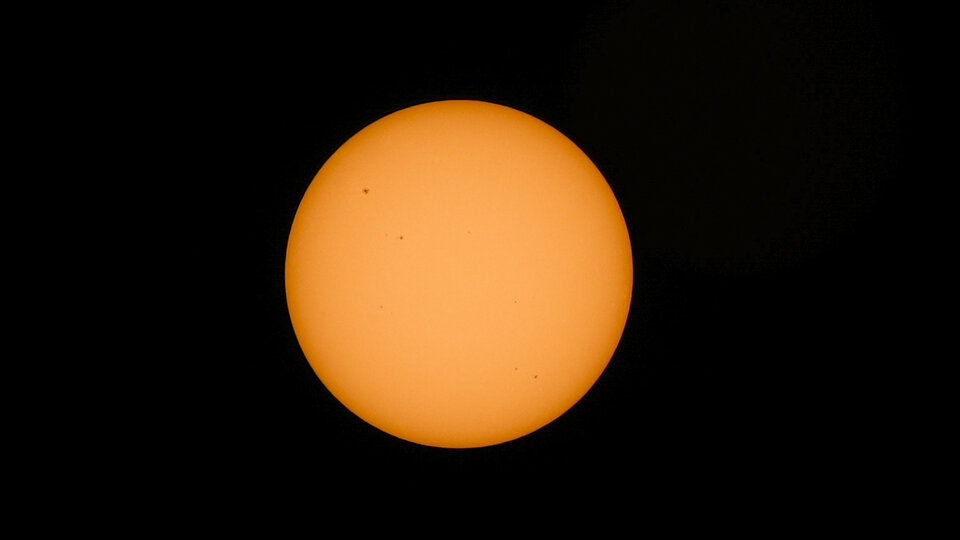a A new annular solar eclipse It will be visible tomorrow in several regions of America, including some regions of Argentina, which at 3:55 p.m. will be able to observe the astronomical phenomenon, as is the case in some northern provinces and Buenos Aires Province, where it will be partially observed. .
The favorite places to observe the eclipse from America will be Oregon, Nevada, Utah, Texas and New Mexico, because they are in a direct line with the phenomenon, so they can appreciate its early stages if the weather permits.
The eclipse will then cross Central America, reach its final stage in South America and culminate with sunset over the Atlantic Ocean. Mexico, Belize, Honduras, Panama, Colombia and Brazil will also witness an annular solar eclipse.
The annular eclipse will occur at 3:55 pm in Argentina, Chile, Brazil and Venezuela. 13:55 in Peru, Colombia and Ecuador.
At that moment, and for several minutes, Sunlight will disappear when the moon covers it and it appears to be night. For this to happen, the moon must be located near zero latitude on the ecliptic, which is the apparent path of the solar ecliptic. The sun has no latitude.
when “Ring of fire“After the eclipse, the sky will darken, but without reaching the level of a total eclipse. At all stages of the phenomenon, it is important to have adequate eye protection to avoid possible injuries.”
Specialists from the National University of La Plata (UNLP) and Conset recommended not looking at the Sun with the naked eye, nor via X-rays, and taught how to build a “camera obscura” with paper and cardboard to see this phenomenon.
“In this type of eclipse, the Sun is only covered by a large or small part, depending on how far your city is from the area that is seen as an annular eclipse. From La Plata and its surroundings, we can see it,” explained astronomer Maria Cecilia Scalia, Curator of Extension at the Faculty of Astronomy and Geophysics at UNLP shows that the Moon covers only 5% of the Sun at 4:44 p.m.
The astronomer, who is part of the Astrocheka extension project, recommended “not to look at the sun with the naked eye or through sunglasses, X-rays, etc., because they can cause great harm to your eyesight.”
The specialist pointed out “not to use old solar filters that were used to be placed in telescope lenses, and whose manufacture stopped a long time ago due to their danger.”
The astronomer advises viewing the eclipse “with a camera obscura which you can build very easily using paper, cardboard and glue which Astrochica @astrochica.ialp shows you how to make.”




:quality(85)/cloudfront-us-east-1.images.arcpublishing.com/infobae/7WNJFGDL7JCGBPDFCF4AVJNMX4.jpg)
